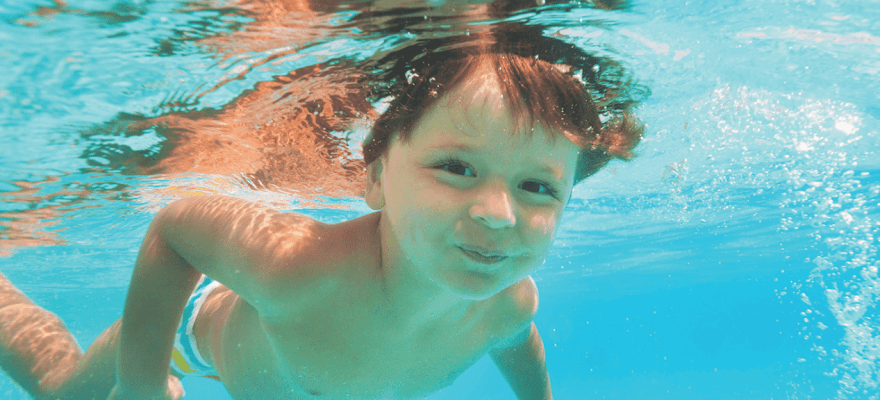
Every summer the number of drowning incidents involving children skyrockets as more families spend the warmer months hanging out by the pool, at the beach or at a nearby lake. One common mistake that many parents make that can lead to a drowning incident is allowing young children to use pool floats and wear water wings in the pool. While life jackets are designed to save a child from drowning and should always be worn near open bodies of water like lakes or the ocean, flotation devices and wings can slip out of a child’s grasp or fall off and give a false sense of safety. Goggles are another widely sold pool accessory that parents should avoid with their children.
There are many theories today on what age a child should learn to swim and what techniques should be used to teach swimming. While all parents will have their own preferences and beliefs, there are a few recommendations experts agree should be followed to help avoid a drowning incident. The United States Swim School Association, (USSSA), the preeminent swim school organization in the country, advises parents to follow the guidelines below when teaching their children to swim.
Additionally, the USSSA recommends that parents adhere to several standard water safety precautions including: keeping children under constant supervision, enrolling children in swimming lessons, knowing CPR, having pool fences and barriers installed.
By Sue Mackie, Executive Director, United States Swim School Association. To find a USSSA affiliated swim school, visit: usswimschools.org

Read Next | This Is Everything You Need to Find an Amazing Summer Camp Program in Staten Island

